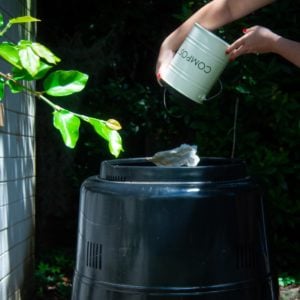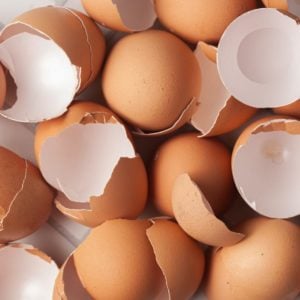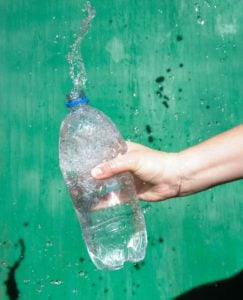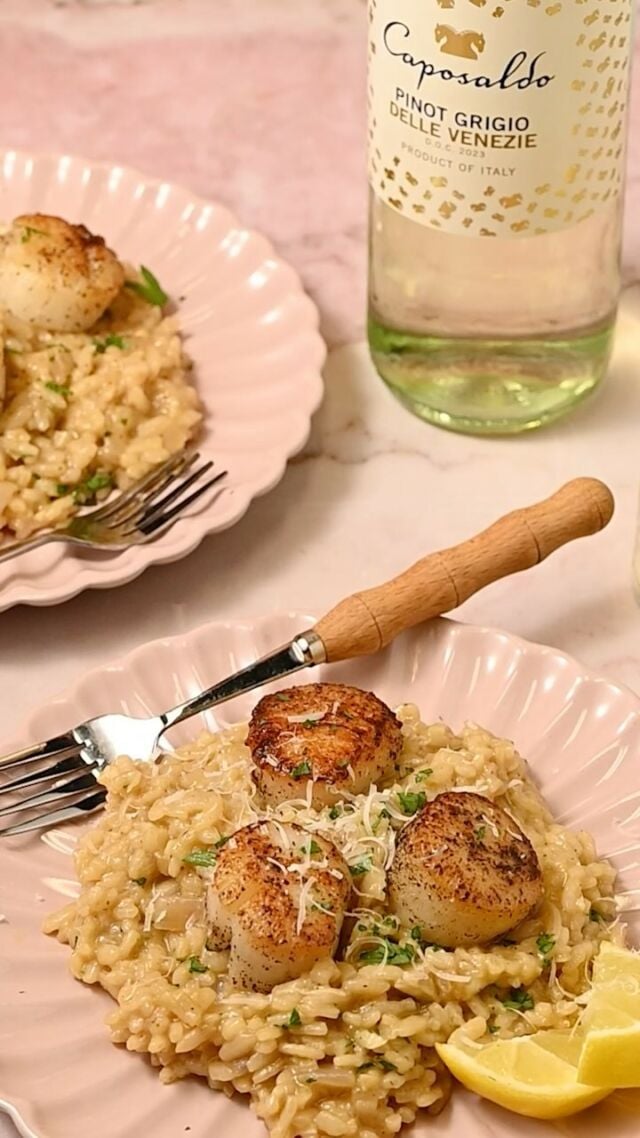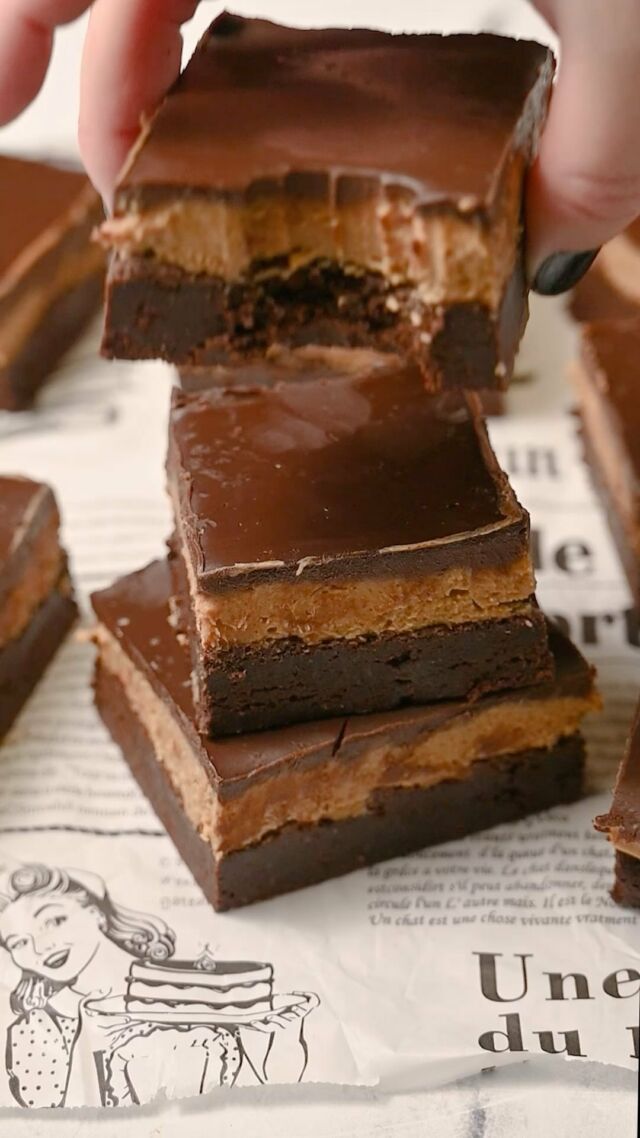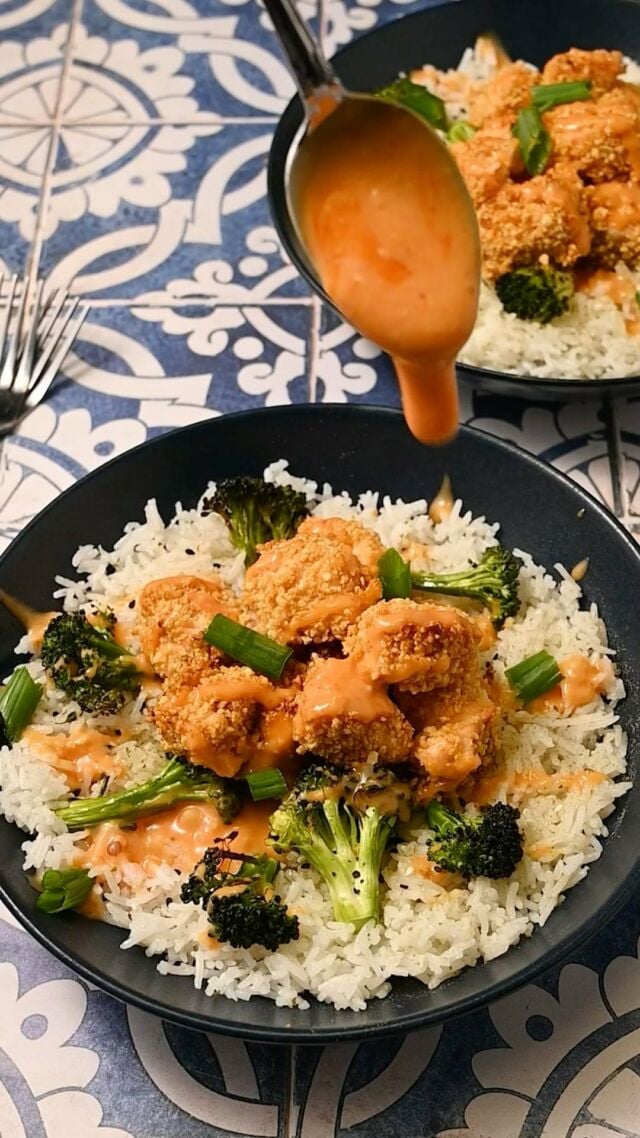As any home cook can attest, there are many uses for simple kitchen materials like aluminum foil and parchment paper. They can make or break recipes, be useful for storing and reheating leftovers, and can make cleaning up so much easier!
Parchment paper, aluminum foil, wax paper, butcher paper, and saran wrap all have their place in your kitchen. But to get the most out of them, it’s important to understand their properties, materials, and best uses!
As a busy mom, understanding how to best utilize these tools is a game-changer! And as an environmental scientist, finding alternatives to single-use papers and foils is important to me to help me reduce waste.
Below, you will learn about parchment paper and aluminum foil, their primary uses, and their best eco-friendly alternatives. Plus, learn more about wax paper, butcher paper, and saran wrap, too!
Parchment Paper
What is Parchment Paper?
Parchment paper is a heat-resistant cooking and baking paper that is coated in silicone to add a non-stick outer layer. You can get it bleached or unbleached, with lines to guide you with placement, and it’s even sold in individual pre-cut sheets.
While the exact heat-resistance of your parchment paper can vary depending on the brand, the general rule of thumb is that parchment paper is safe to use up to 420°F (215°C).
What are the Best Uses for Parchment Paper?
Parchment paper is best used as a nonstick surface for baking anything under 420°F (215°C).
Some common uses for parchment paper include:
- Lining a baking sheet for cookies.
- Lining a cake pan or loaf pan for cakes and breads.
- D.I.Y. cupcake and muffin liners.
- Placing in between sticky cookies, brownies, or candy to stack them.
- To knead sticky dough on.
- For cooking en papillote (cooking inside parchment paper).
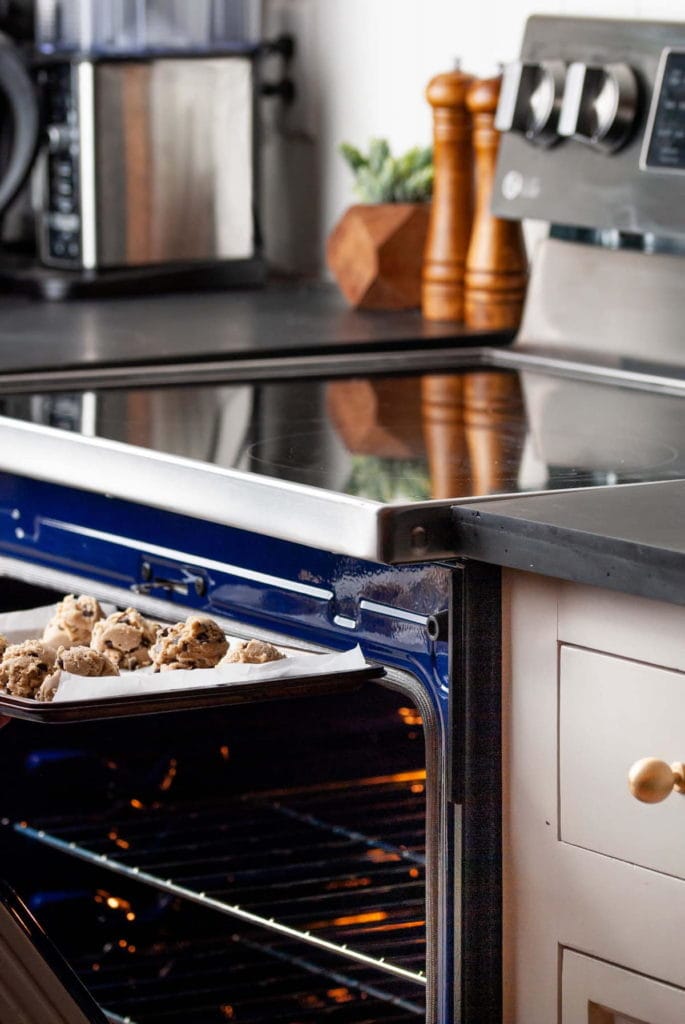
Butcher Paper vs Parchment Paper
Butcher paper is very similar to parchment paper in that they are both oven-safe up to 420°F (215°C). However, they have two big differentiators.
Butcher paper is much thicker than parchment paper, making it ideal for wrapping raw meat and fish (hence its name!).
Additionally, butcher paper lacks the non-stick properties of parchment paper, as it’s not coated in silicone.
So when it comes to butcher paper vs parchment paper, consider whether you need a non-stick property. Parchment paper is coated in silicone, making it a great option for lining baking sheets to avoid your food getting stuck to them in the oven.
Is Wax Paper the Same as Parchment Paper?
Wax paper and parchment paper are both coated in silicone, giving them their non-stick properties.
The biggest difference between wax paper and parchment paper is that parchment paper is heat resistant up to 420°F (215°C), while wax paper will melt in the oven.
Wax paper is primarily used for wrapping sticky candy or baked goods, or for lining a sheet to allow candies to cool on.
Best Alternatives to Parchment Paper
Parchment paper is very useful in the kitchen! Depending on what you are using it for, there are several alternatives to parchment paper.
My favorite alternative to parchment paper is reusable silicone baking mats. They are also nonstick and heat resistant up to 420°F (215°C). They are easy to clean and will save you money in the long run!
Green tip: To avoid extra waste, try reusable silicone baking mats!
If you are using parchment paper for its nonstick purposes, but don’t require its heat-resistant properties, you can substitute wax paper.
If you are using parchment paper to line a baking sheet for less clean-up later, you can instead use aluminum foil. It is also heat resistant but does not have nonstick properties.
If you are using parchment paper to wrap something up to save for later, you can use aluminum foil, butcher paper, or saran wrap instead.
Aluminum Foil
What is Aluminum Foil?
Aluminum foil is a thin sheet of heat-resistant aluminum metal used in cooking and baking. You may also see aluminum foil referred to as tin foil or gold foil.
Aluminum foil has replaced other metals used for food packaging because of its pliability and because it does not change the flavor of your food.
The melting point of aluminum is over 1,200°F (650°C), making it completely oven safe!
What are the Best Uses for Aluminum Foil?
Aluminum foil is used primarily when your heat source is hotter than 420°F (215°C). It can be used to line your pan and to cover or wrap your food to trap heat.
Some common uses for aluminum foil include:
- Trapping heat and moisture while baking and broiling.
- Lining a baking sheet when you are broiling meat or veggies.
- For wrapping food and grilling it.
- Wrapping food to keep it warm.
- Wrapping food to conceal it to eat later.
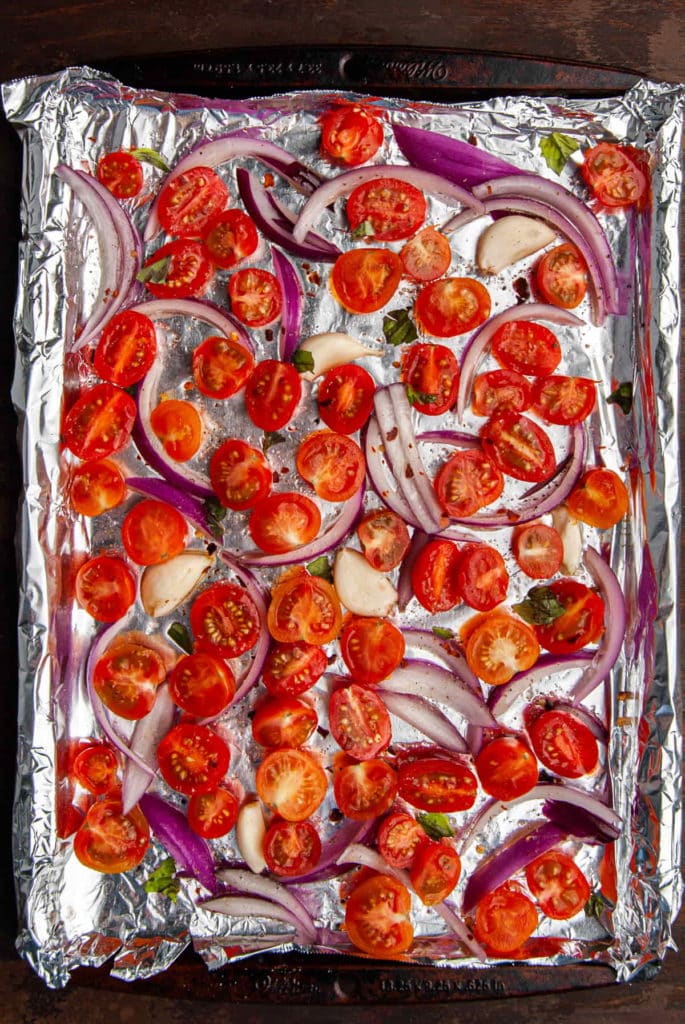
Can You Use Tin Foil in the Air Fryer?
Yes! Tin foil can be used safely in your air fryer basket.
It’s best to use a small amount to line the basket or to wrap your food in the foil completely. This will just ensure that you are not blocking any components of your air fryer that help it cook evenly.
Can You Put Tin Foil in the Oven?
Absolutely. Tin foil is heat resistant and is safe to use in the oven—even on broil!
You can use it to line a baking sheet, wrap your food in and stick it directly on the rack, or to even cover food in a dish to trap the heat.
Can You Mirowave Tin Foil?
No, tin foil is not microwave-safe. In fact, putting any metal in the microwave can be extremely dangerous.
Microwaves use radio waves that are absorbed by your food and converted into heat.
Microwave-safe glass, plastics, and ceramic are microwave safe because they don’t absorb the radio waves at all. Metals including tin foil, on the other hand, act as conductors of these waves and create currents of electricity that can spark, catch on fire, and even explode.
Parchment paper, butcher paper, wax paper, and saran wrap are all microwave safe.
Best Aluminum Foil Alternatives
Just like parchment paper, there are many alternatives to aluminum foil, depending on what you are using it for.
For lining baking sheets that are baked at 420°F (215°C) or less, you can swap tin foil for parchment paper.
Or even better, you can use a reusable baking mat the same way you would use parchment paper to line a baking sheet.
If you’re using aluminum foil to package and store food, your best options are butcher paper, saran wrap, or beeswax wrap.
Green tip: Beeswax wrap is all-natural, non-toxic, and reusable with a quick rinse of cold water.
Cooking and Baking Papers At A Glance
| Type | Heat Resistance | Nonstick | Microwave Safe | Reusable |
| Aluminum Foil | yes | no | no | no |
| Parchment Paper | yes, up to 420°F (215°C) | yes | yes | no |
| Silicone Baking Mats | yes, up to 420°F (215°C) | yes | yes | yes |
| Wax Paper | no | yes | yes | no |
| Butcher Paper | yes, up to 420°F (215°C) | no | yes | no |
| Beeswax Wrap | no | yes | no | yes |
| Saran Wrap | microwave only | yes | yes | no |

